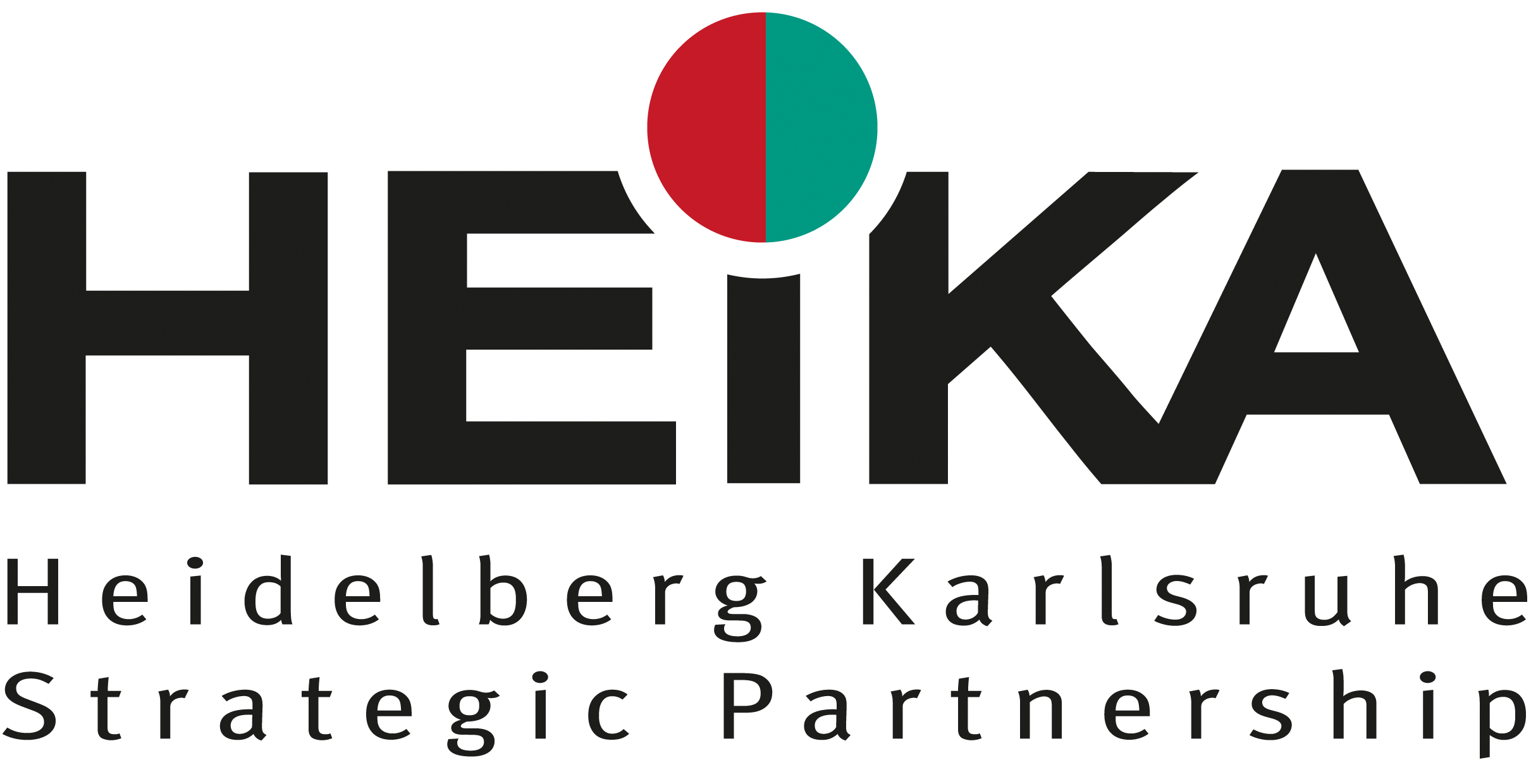Cell shape is an important indicator for essential processes such as cell migration or division. Cell shape is strongly determined by the organization of the actin cytoskeleton, which in turn responds dynamically to a large range of extracellular cues. Quantitative analysis of cell shape helps to reveal the physical processes underlying shape determination, but it is notoriously difficult to conduct it in three dimensions (3D). The Bastmeyer group used direct laser writing to create 3D open scaffolds for adhesion of connective tissue cells through well-defined adhesion sites. Due to actomyosin contractility in the cell contour, characteristic invaginations lined by actin bundles form between adjacent adhesion sites as previously described for cells on 2D substrates. Using quantitative image processing and mathematical modeling, the Schwarz group demonstrated that the resulting shapes in 3D can be described by the tension-elasticity model. Our results have been written up as short report and are currently under review by Biophysical Journal. They suggests that shapes are determined not only by contractile forces, but also by elastic stress in the peripheral actin bundles. Intracellular forces are mainly generated by non-muscle myosin II (NMM II) motors assembled into minfilaments and can be sustained either by the NMM II motors themselves or by crosslinks like alpha-actinin. It is largely unknown how pN-forces generated by single minifilaments are translated into nN-forces measured at single cell-matrix adhesions and and how these forces are divided up between motor and crosslinking activity. We currently quantify the dynamics of NMM II minifilaments associated with peripheral actin bundles to clarify this important point. Our combined experimental and theoretical approach will help to derive a more detailed understanding how individual contractile units generate forces on the cellular level and contribute to defined cell shapes. We also plan to use our improved understanding of cell forces and shapes in 3D for engineering cell function through design of extracellular cues.
Research bridges

